Hurricane season is a reality for Tampa residents, and for dog owners, that means planning for more than just boarded windows and bottled water. When a storm is on the horizon, your pet’s safety and comfort should be part of your overall preparedness plan.
This guide offers a step-by-step approach to ensure your dog is protected before, during, and after severe weather—covering everything from emergency kits to evacuation strategies. Whether you’re new to Florida or a lifelong local, thoughtful preparation can make all the difference for you and your pup.
Know Before You Need It: Why Pet Hurricane Prep Matters
Severe storms can arrive with little warning, and shelters or emergency services may not be able to accommodate pets at a moment’s notice. Having a plan ensures that your dog remains safe, healthy, and calm during a disruptive and often frightening time.
The team at The Wagging Club, a local Tampa-based daycare, grooming, and boarding facility, understands how much pets mean to their families. As part of the broader pet-loving community, they’re committed to supporting local owners with resources and care solutions before, during, and after hurricane season.
Step 1: Build a Pet-Specific Emergency Kit
Don’t wait for watches and warnings—build your kit early and store it in an easy-to-grab container.
Recommended Items for Your Dog’s Go-Bag
(Sourced from FEMA and Ready.gov)
- 3–5 days of sealed dog food and bottled water
- Any daily medications, supplements, and copies of prescriptions
- Leash, harness, collar with ID tags, and current microchip information
- Crate or carrier with ventilation and room to turn around
- Favorite toy, blanket, or calming aid for familiarity
- Waste bags and cleaning supplies
- Proof of rabies and vaccination records
- Photo of you and your dog together (helps with reunification)
- List of local vets, emergency clinics, and boarding facilities
- A basic pet first-aid kit
(How to assemble one)
Want to take it a step further? Consider a Cat & Dog First Aid Class from the American Red Cross to learn essential emergency care skills.
Step 2: Have a Safe Place in Mind
Not all emergency shelters accept pets, so it’s crucial to identify dog-friendly options in advance. Tampa and Hillsborough County do offer designated pet-friendly shelters, but these often require pre-registration and have strict intake requirements.
Your evacuation plan should include:
- A list of pet-friendly hotels or short-term rentals outside the evacuation zone
- Contact information for friends or family who could take you and your pet in
- Nearby boarding options with climate-controlled, storm-secure facilities (Explore The Wagging Club’s services)
- Printed vaccination records and identification tags—many shelters require both
More resources:
- A Storm’s Blowing In: Finding Shelter for Your Pet – AAHA
- FVMA: Hurricane Preparedness Kit for Pet Owners
Step 3: Prepare for Medical Emergencies
Storms often limit access to veterinary care, so understanding basic health indicators can be critical.
Helpful tools:
- Is This a Pet Emergency?
- DIY Dog Health Checkups
- Preventing Pet Emergencies – UW Vet Med
- ASPCA Poison Control
For day-to-day peace of mind, it helps to have a trusted local facility that knows your pet. Boarding your dog at a familiar place—such as The Wagging Club—can reduce stress and ensure their care continues uninterrupted, even if your home is impacted.
Step 4: Keep Your Dog Calm During the Storm
Changes in barometric pressure, loud noises, and shifts in routine can spike stress levels in dogs. Here’s how to ease their anxiety:
- Create a cozy shelter space indoors with blankets and toys
- Use calming treats, music, or wraps if your dog is prone to anxiety
- Avoid scolding fearful behavior; offer quiet reassurance
- Maintain a consistent feeding and potty schedule when possible
Boarding during a storm may be the best option for especially anxious pets or if your home isn’t hurricane-rated. The Wagging Club offers secure, climate-controlled accommodations designed with your dog’s well-being in mind.
Step 5: What to Do After the Storm
Once the skies clear, hazards may still be present. Keep dogs leashed outside to avoid debris, downed power lines, or contaminated water. Reintroduce your dog to your home gradually and monitor for signs of stress, illness, or injury.
If you’ve evacuated or boarded your pet, try to resume normal routines as quickly as possible. Familiarity helps dogs recover emotionally from disruptions.
Final Checklist: Is Your Dog Hurricane-Ready?
- Emergency kit packed and stored in an accessible place
- Vaccinations current and records printed
- ID tags and microchip information updated
- Local boarding and emergency resources on hand
- Evacuation plan mapped and communicated
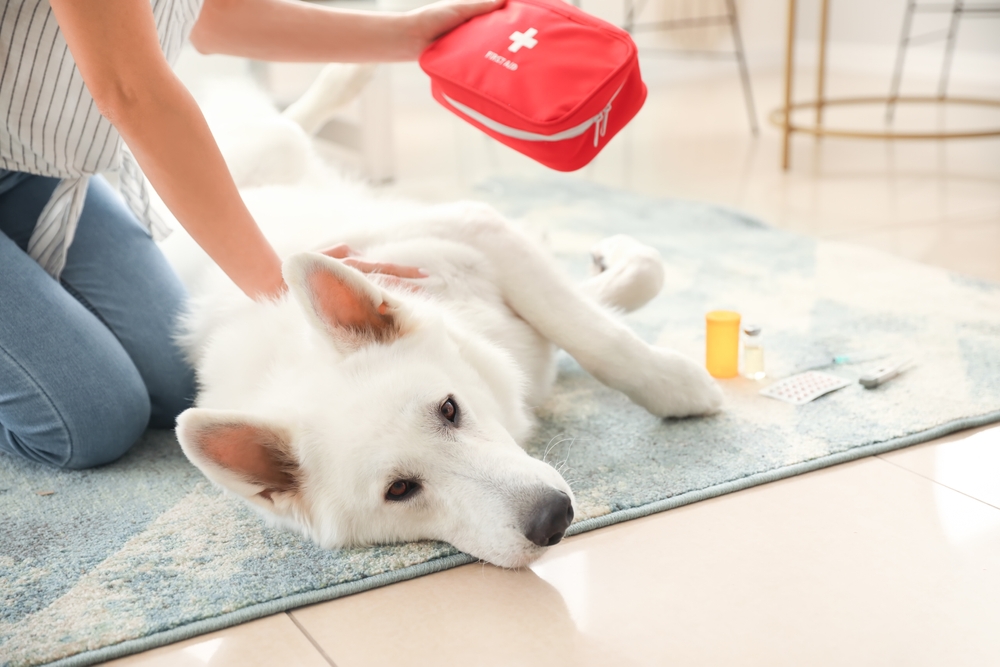
For a deeper look at disaster preparedness, these national resources offer excellent guidance:
A Note from The Wagging Club
As part of Tampa’s pet care community, we believe in proactive preparation and peace of mind for every dog owner. While we’re here year-round for daycare, grooming, and boarding needs, we also are partners in helping our clients navigate challenges like hurricane season with confidence.
Need help preparing or want to discuss boarding options before the next storm?
Request a Service or Contact Us anytime.


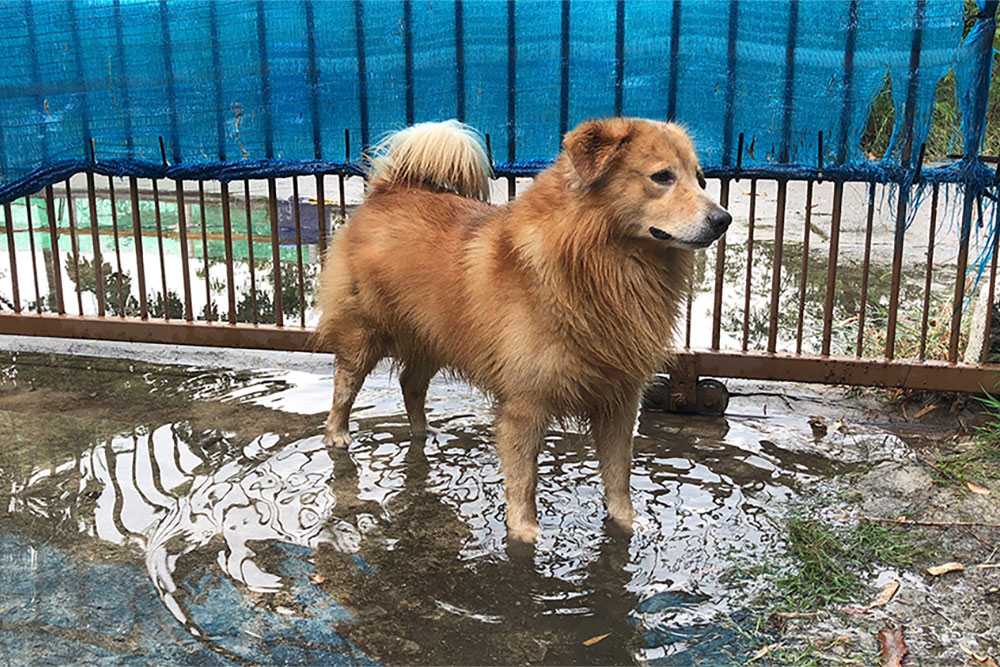

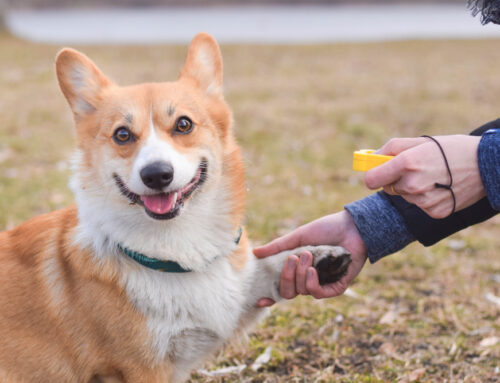
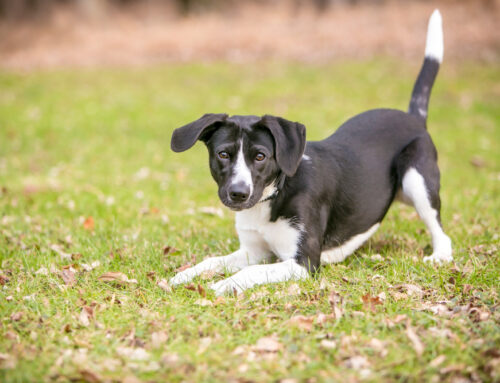
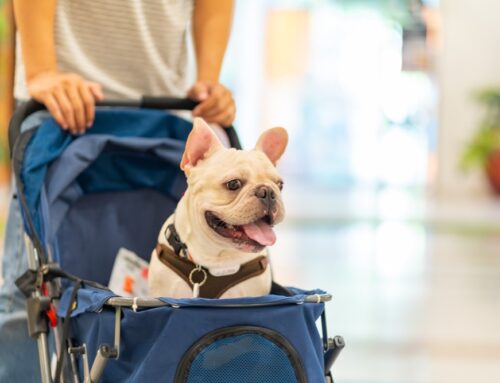
Leave A Comment